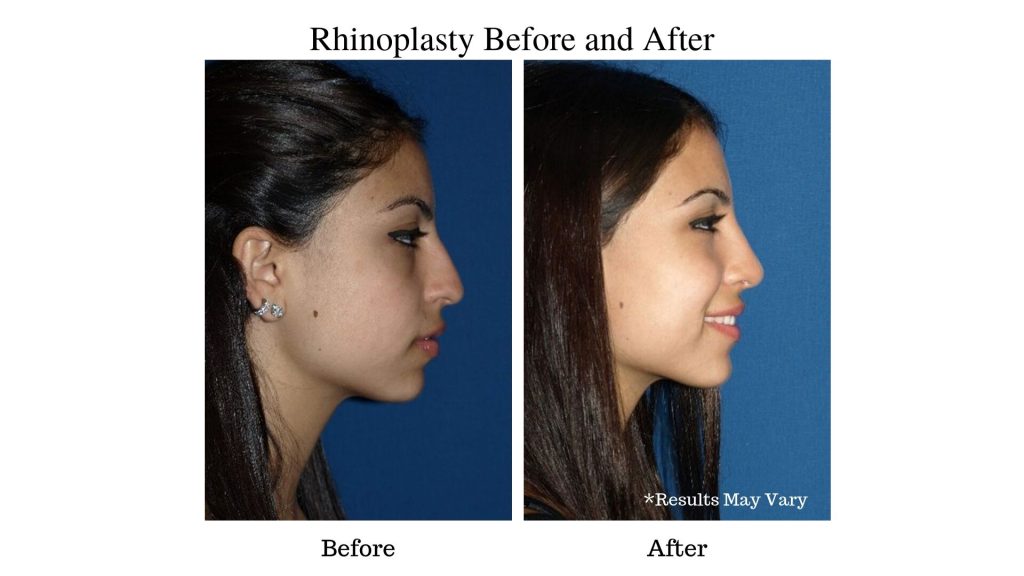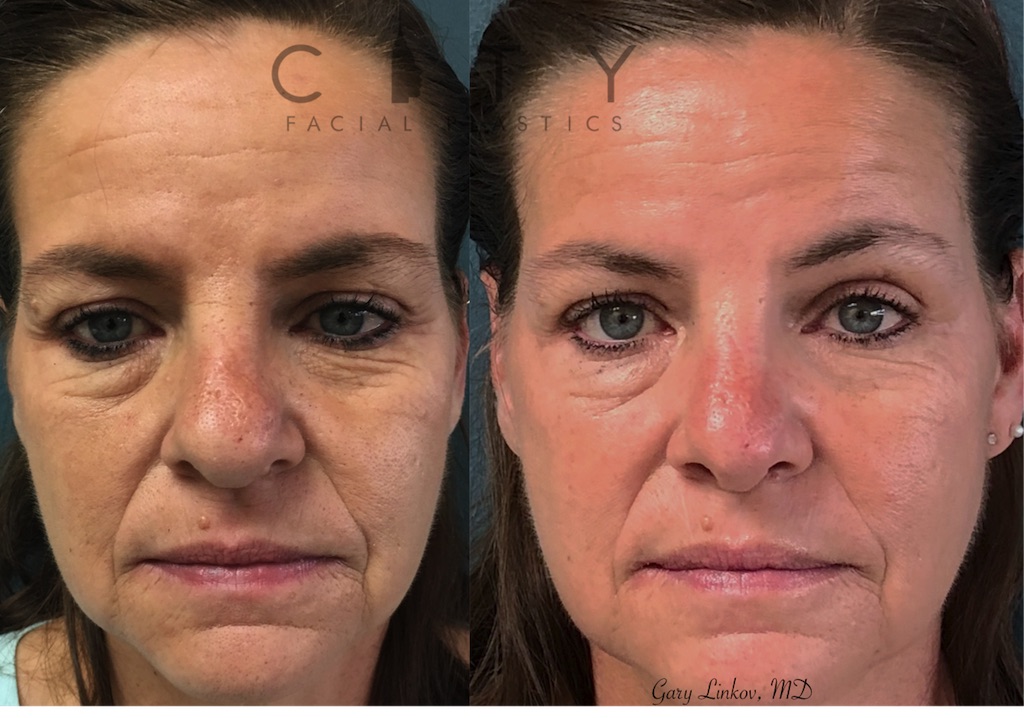What Does Nose Job Austin Tx Mean?
Table of ContentsSee This Report about RhinoplastyIndicators on Austin Rhinoplasty You Should KnowSee This Report about Rhinoplasty Austin
Nose Surgery (RIE-no-plas-tee) is surgical treatment that changes the shape of the nose. The inspiration for nose job might be to alter the appearance of the nose, enhance breathing or both. The upper portion of the structure of the nose is bone, and the lower portion is cartilage. Rhinoplasty can alter bone, cartilage, skin or all three.When planning rhinoplasty, your surgeon will consider your other facial features, the skin on your nose and what you would like to change. If you're a prospect for surgical treatment, your cosmetic surgeon will develop a customized prepare for you. In some cases part or all of a nose surgery is covered by insurance coverage. Show more products from Mayo Center Rhinoplasty can change the size, shape or proportions of your nose.
Similar to any major surgery, nose surgery brings risks such as: Bleeding Infection An adverse response to the anesthesia Other possible risks specific to rhinoplasty consist of but are not limited to: Problem breathing through your nose Irreversible numbness in and around your nose The possibility of an uneven-looking nose Discomfort, discoloration or swelling that may persist Scarring A hole in the septum (septal perforation) A requirement for additional surgery Speak with your medical professional about how these threats apply to you.
This conference normally consists of: The most essential concern your medical professional will ask you is about your inspiration for surgical treatment and your objectives. Your medical professional will also ask questions about your case history including a history of nasal obstruction, surgeries and any medications you take. If you have a bleeding condition, such as hemophilia, you might not be a candidate for nose job.
He or she also will examine your facial features and the inside and outside of your nose. The physical examination helps your medical professional determine what changes require to be made and how your physical functions, such as the thickness of your skin or the strength of the cartilage at the end of your nose, may affect your results.
Someone from your physician's office will take photographs of your nose from various angles. Your cosmetic surgeon might use computer software to control the images to reveal you what sort of outcomes are possible. Your physician will utilize these photos for before-and-after assessments, referral throughout surgery and long-lasting evaluations. Most significantly, the images permit a particular discussion about the objectives of surgery (nose job austin).
The smart Trick of Austin Rhinoplasty That Nobody is Talking About
He or she will explain what nose surgery can and can't do for you and what your results might be. It's normal to feel a little uneasy discussing your appearance, but it's really important that you're open with your surgeon about your desires and objectives for surgery. If useful reference you have a little chin, your surgeon may consult with you about performing a surgery to augment your chin (rhinoplasty austin).
It's not required to have chin surgery in those situations, but it might much better stabilize the facial profile. As soon as the surgery is scheduled, you'll require to schedule someone to drive you home if you're having an outpatient surgery. For the very first couple of days after anesthesia, you may have memory lapses, slowed response time and impaired judgment.


Each surgery is unique and personalized for the specific anatomy and goals of the individual having the surgical treatment. Rhinoplasty requires local anesthesia with sedation or general anesthesia, depending on how complex your surgical treatment is and what your cosmetic surgeon prefers. Go over with your physician prior to surgery which type of anesthesia is most proper for you.

It's limited to a particular location of your body. Your physician injects a pain-numbing medication into your nasal tissues and sedates you with medication injected through an intravenous (IV) line. This makes you dazed but not fully asleep. You get the drug (anesthetic) by inhaling it or through a small tube (IV line) positioned in a vein in your hand, Recommended Site neck or chest.
General anesthesia needs a breathing tube. Rhinoplasty may be done inside your nose or through a small external cut (cut) at the base of your nose, between your nostrils. Your surgeon will likely readjust the bone and cartilage underneath your skin. Your cosmetic surgeon can alter the shape of your nasal bones or cartilage in a number of methods, depending on just how much needs to be eliminated or included, your nose's structure, and offered materials.
The Facts About Nose Job Austin Tx Uncovered
For larger modifications, the cosmetic surgeon can use cartilage from your rib, implants or bone from other parts of your body (rhinoplasty surgery austin tx). After these modifications are made, the cosmetic surgeon places the nose's skin and tissue back and stitches the incisions in your nose. If the wall between the two sides of the nose (septum) is bent or crooked (deviated), the cosmetic surgeon can likewise remedy it to improve breathing.
You may leave later that day or, if you have other health problems, you might remain overnight. After the surgical treatment you need to rest in bed with your head raised greater than your chest, to reduce bleeding and swelling. Your nose may be crowded due to the fact that of swelling or from the splints placed inside your nose during surgical treatment.
Your doctor also tapes a splint to your nose for protection and assistance. It's typically in place for about one week. Minor bleeding and drain of find out this here mucus and old blood are common for a couple of days after the surgical treatment or after getting rid of the dressing. Your physician may place a "drip pad" a little piece of gauze kept in location with tape under your nose to soak up drainage.